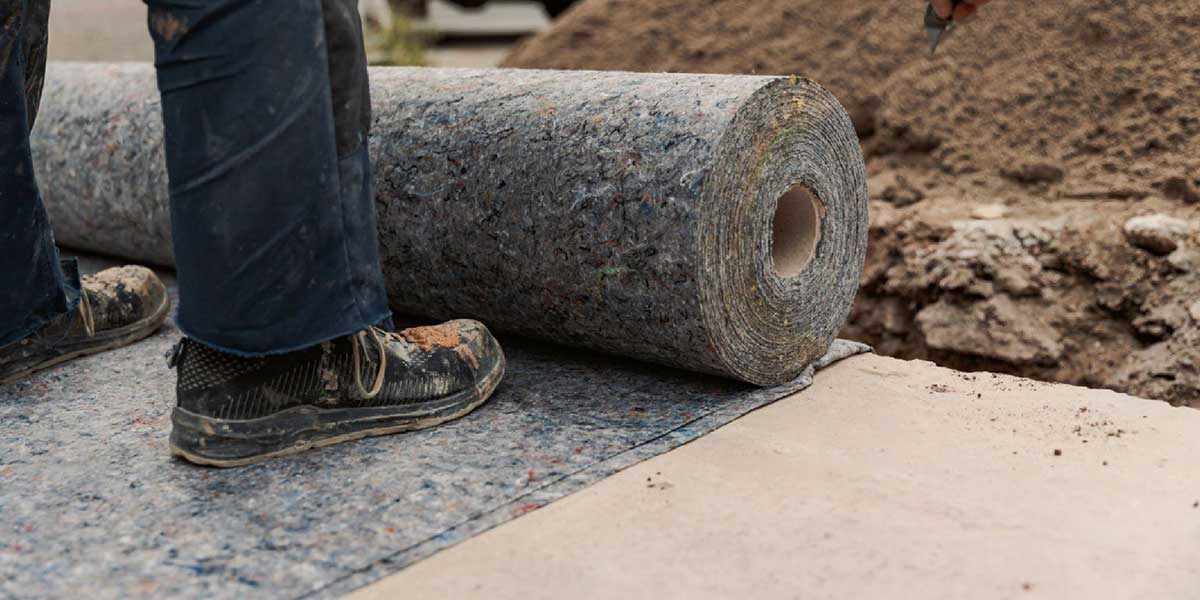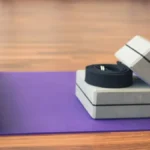When it comes to maintaining soil stability and preventing erosion, geotextile fabric stands out as a vital tool in both modern engineering and environmental conservation. But what exactly is geotextile fabric, and how does it work? In this comprehensive guide, we will delve into the world of geotextiles, exploring their applications, benefits, and types. Whether you’re a professional in construction or just curious about soil conservation techniques, this article will provide you with valuable insights into the importance of geotextile fabric.
What is Geotextile Fabric?
Defining Geotextiles
Geotextiles, also known as geotextile membranes, are permeable fabrics used in various civil engineering and construction applications. They are designed to enhance soil stability, prevent erosion, and manage water flow. Unlike traditional fabrics, geotextiles are engineered to interact with soil and water, offering both functional and protective benefits.
Historical Context
The concept of reinforcing soil is not new. Ancient civilizations, such as the Romans and Greeks, used natural materials like plant fibers and woven grasses to stabilize and protect their infrastructure. However, it wasn’t until the 1950s that synthetic polymers began to be used to create modern geotextiles. These synthetic materials brought a significant improvement in durability and performance, revolutionizing soil management practices.
Applications of Geotextile Fabric
Erosion Control
One of the primary uses of geotextile fabric is erosion control. In areas prone to soil erosion, such as slopes and riverbanks, geotextiles help to stabilize the soil and prevent the loss of topsoil. By providing a protective layer, geotextiles reduce the impact of water runoff and wind, which are common causes of erosion.
Soil Stabilization
Geotextiles play a crucial role in soil stabilization, especially in construction projects involving roadways and foundations. They help distribute loads more evenly, reducing the risk of soil settlement and shifting. This application is particularly important in areas with weak or unstable soil, where geotextiles can significantly improve the load-bearing capacity of the ground.
Drainage Systems
In drainage systems, geotextile fabrics are used to filter and manage water flow. They prevent the clogging of drainage pipes and aggregate layers by allowing water to pass through while blocking soil particles. This filtration helps maintain the effectiveness of drainage systems and prevents sediment buildup.
Reinforcement and Retaining Walls
Geotextiles are also employed in the construction of retaining walls and embankments. They provide additional reinforcement by improving the soil’s tensile strength and resistance to deformation. This application is particularly useful in preventing wall failures and ensuring the stability of retaining structures.
Types of Geotextile Fabric
Woven Geotextiles
Woven geotextiles are created by interlacing fibers in a crisscross pattern. This type of fabric is known for its high tensile strength and durability, making it ideal for applications that require heavy load-bearing. Woven geotextiles are commonly used in road construction and soil stabilization projects.
Non-Woven Geotextiles
Non-woven geotextiles are made from randomly oriented fibers bonded together through mechanical, thermal, or chemical processes. These fabrics offer excellent filtration and drainage properties, making them suitable for erosion control and drainage applications. Non-woven geotextiles are often used in applications where water flow management is critical.
Knitted Geotextiles
Knitted geotextiles are produced by knitting fibers together, creating a flexible and stretchable fabric. This type of geotextile offers a high degree of elasticity and is used in applications requiring flexibility and conformability. Knitted geotextiles are often utilized in soil reinforcement and stabilization projects.
Benefits of Geotextile Fabric
Enhanced Soil Stability
One of the most significant benefits of geotextile fabric is its ability to enhance soil stability. By reinforcing the soil and distributing loads more evenly, geotextiles prevent soil settlement and shifting, ensuring the long-term stability of structures.
Erosion Prevention
Geotextiles play a crucial role in preventing soil erosion. Their protective layer helps to retain soil in place, reducing the risk of erosion caused by water and wind. This benefit is particularly important in areas with high erosion potential, such as slopes and riverbanks.
Improved Drainage
The filtration properties of geotextiles help improve drainage systems by preventing the clogging of pipes and aggregate layers. This improved drainage capability ensures the efficient removal of excess water and prevents sediment buildup.
Cost-Effective Solution
Geotextile fabrics offer a cost-effective solution for soil stabilization, erosion control, and drainage management. By reducing the need for additional soil treatments and maintenance, geotextiles help lower overall project costs and improve the efficiency of construction and conservation efforts.
Choosing the Right Geotextile Fabric
Assessing Project Needs
When selecting geotextile fabric, it is essential to assess the specific needs of your project. Consider factors such as soil type, load requirements, and environmental conditions. Each type of geotextile offers different properties, so choose the one that best matches your project’s requirements.
Consulting with Experts
For complex projects or specific applications, consulting with experts in geotechnical engineering or construction can provide valuable insights. They can help you choose the right type of geotextile fabric and ensure that it meets the necessary performance standards.
Quality and Durability
Ensure that the geotextile fabric you choose is of high quality and durability. Look for products that meet industry standards and have been tested for performance. High-quality geotextiles will offer better performance and longer-lasting results.
Conclusion
Geotextile fabric plays a vital role in modern engineering and environmental conservation. Its ability to enhance soil stability, prevent erosion, and improve drainage makes it an indispensable tool in various applications. By understanding the different types of geotextiles and their benefits, you can make informed decisions for your projects and ensure successful outcomes. Whether you’re involved in construction, soil conservation, or drainage management, geotextile fabric offers a versatile and effective solution to address your needs.







